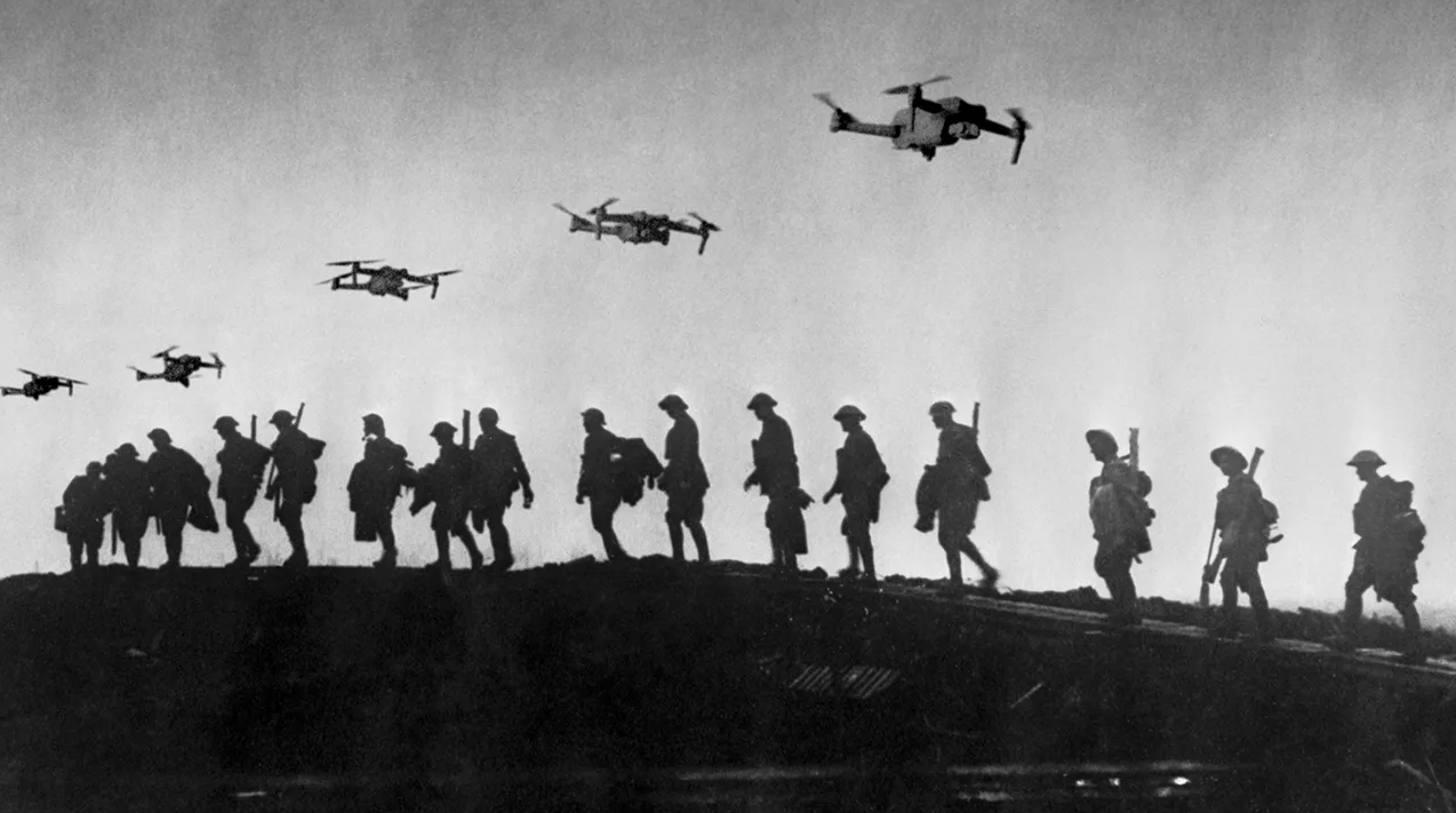The benefit of in-person war rooms during initiative rollouts

According to the dictionary a war room is defined as a room at a military headquarters in which strategy is planned and current battle situations are monitored. Although the original meaning is associated to military endeavours it can also be used in scenarios where intense planning and strategy are essential.
Recently I’ve had to coordinate the rollout of a major initiative in my company. The initiative rollout involved a massive database migration and the integration of a new service with several others across my organization. For that we had to carefully design a strategy to guarantee the success of the launch.
Given the criticality of the situation we decided to organize an in-person war room to make sure we delivered everything in the smoothest way possible by pre-allocating resources to quickly mitigate eventual problems (which in fact did happen!) and actively monitor the rollout.
Now, looking into retrospective, I feel that the war room was critical for the success of the rollout. Some of the benefits I noticed were:
- It united all the participants around one common goal: delivering the initiative successfully. This really created a sense of belonging resulting in enhanced teamwork and shared responsibility. Everyone felt personally invested in the outcome, which drove collaboration and encouraged open communication.
- Stress was distributed across all participants instead of specific individuals.
- When problems arose we had several participants thinking about solutions leading to faster and improved ideas.
- The workload of the migration was distributed across the participants and allowed to have a coordinator guaranteeing that the responsibilities of each individual were defined at every moment.
One thing that I highly recommend is to include representatives from all relevant departments. In our case, this meant having database administrators, software engineers, and quality assurance engineers in the room. By encompassing all necessary “sectors” we were able to be more agile and swiftly navigate any obstacles that arose. This comprehensive team composition ensured a well-rounded approach to problem-solving and accelerated the decision-making process.
Of course you can also do this remotely but by doing it in-person I feel like that the benefits are even greater since communication is enhanced and participants can interact in real time without the delays or misunderstandings that can sometimes occur with digital communication tools.
So next time you have some big rollout to do give this a try!
Cheers! :)